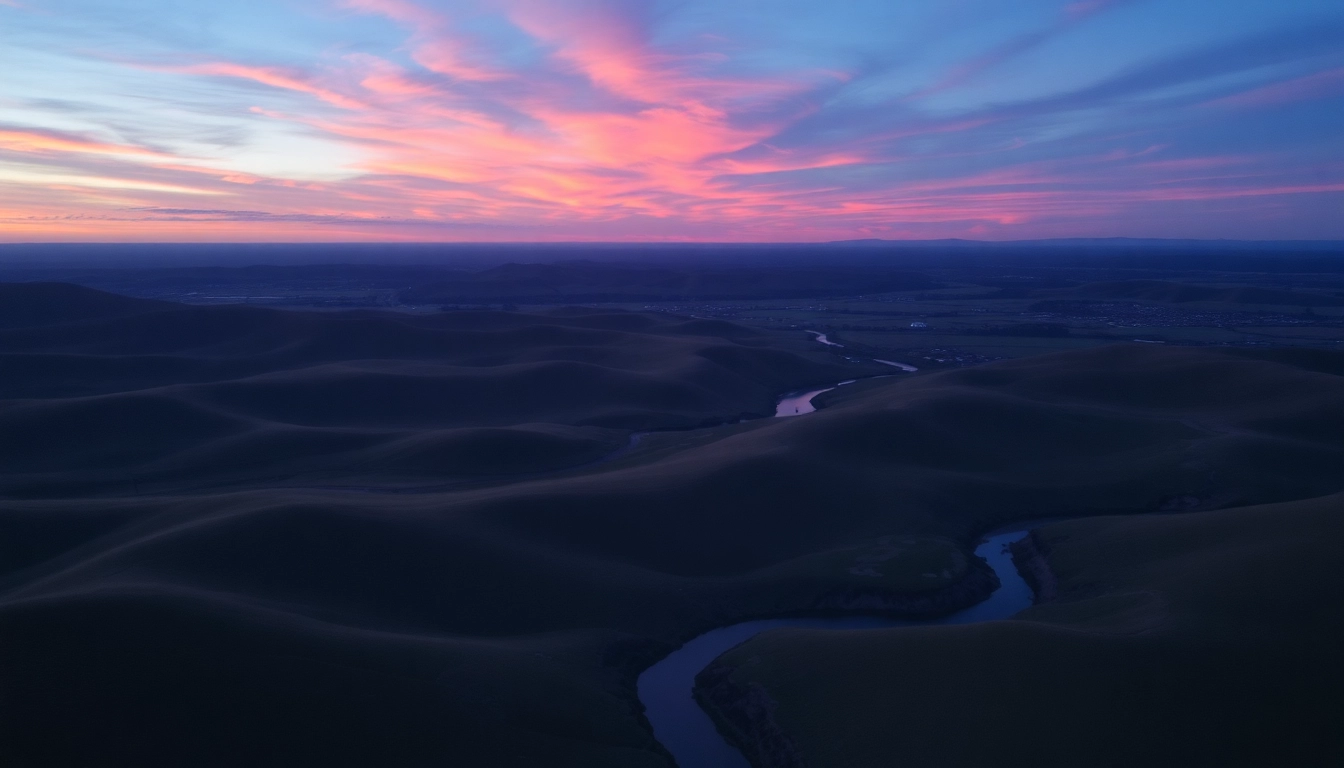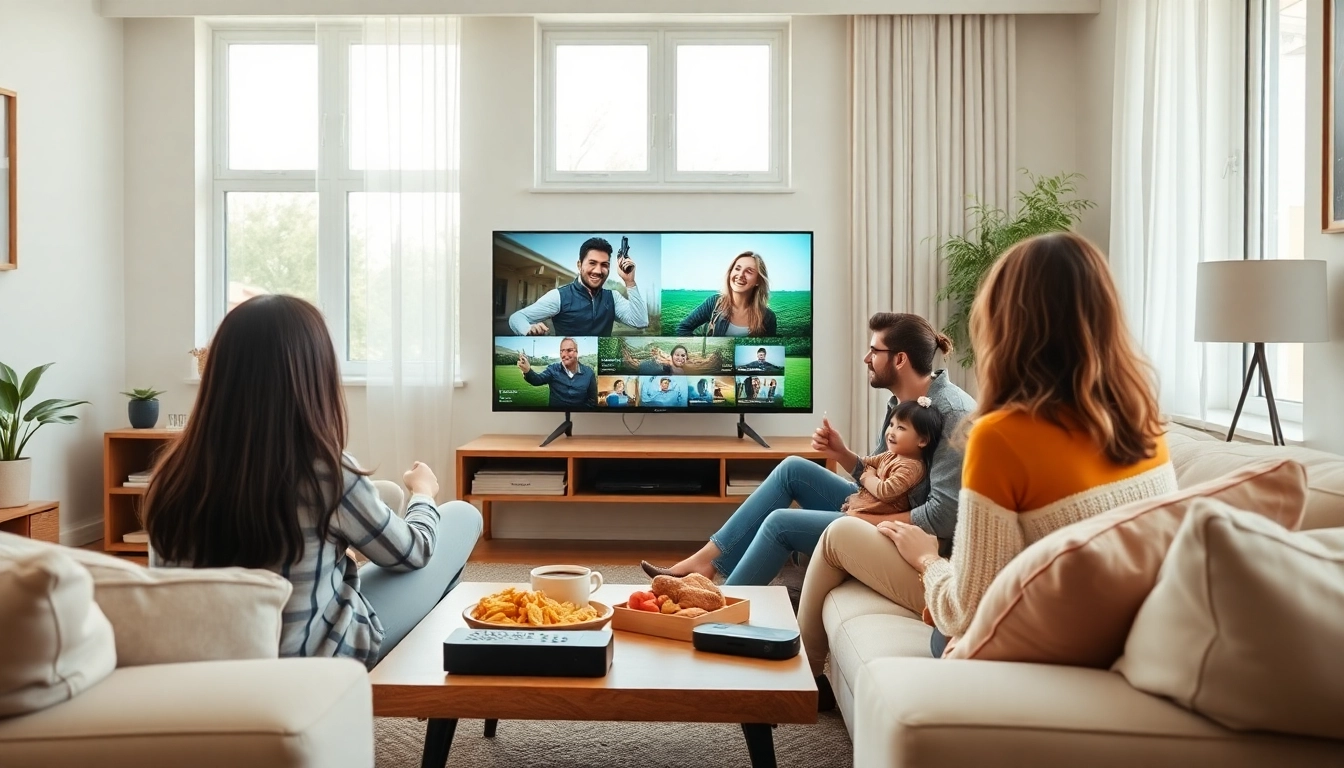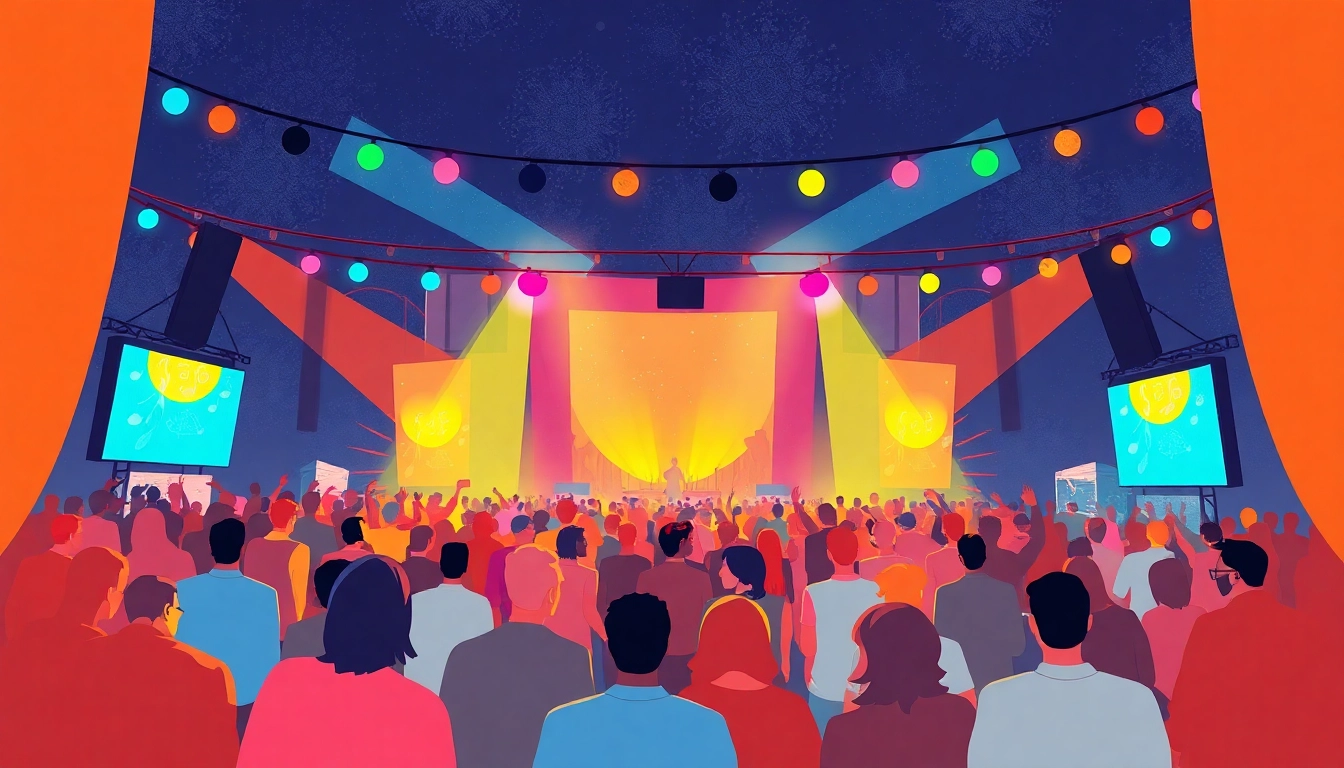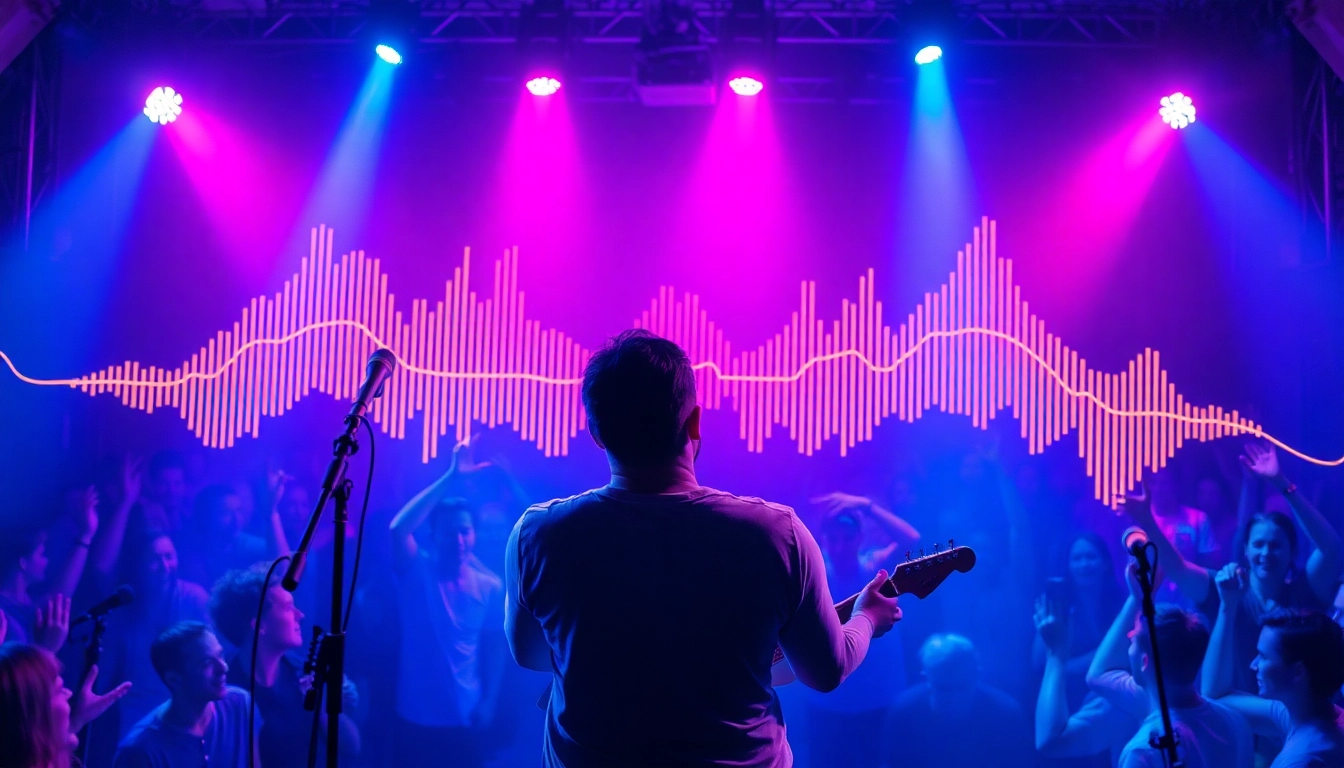Understanding Drone Photography Basics
Drone photography has transformed the way we capture our world, adding a new perspective that was once only possible through manned aircraft. It allows photographers to showcase landscapes, events, architecture, and more from breathtaking heights and angles. Understanding drone photography involves grasping both the mechanics of drone operation and the nuances of capturing visually stunning images. For those looking to enhance their imagery through drone photography editing, knowing the fundamentals is paramount.
What is Drone Photography?
Drone photography refers to the practice of using unmanned aerial vehicles (UAVs) equipped with cameras to take photographs from above. This innovative form of photography enables users to capture stunning aerial images and videos, revealing details that often go unnoticed from the ground. The use of drones extends beyond personal photography ventures; they are widely employed in industries such as real estate, agriculture, cinematography, and environmental monitoring. With advancements in drone technology, capturing high-quality images has become more accessible than ever.
Types of Drones for Photography
There are several types of drones suited for photography, each with its unique features and capabilities. Understanding these can help photographers choose the right drone for their needs:
- Multirotor Drones: These are the most popular for photography due to their stability, flexibility, and ability to hover in place. They typically include quadcopters, hexacopters, and octocopters, which can carry various camera systems.
- Fixed-Wing Drones: While they can cover large areas quickly, fixed-wing drones are less maneuverable than multirotors and often require a run-up or a launch platform.
- Hybrid Drones: Combining the advantages of both multirotors and fixed-wing drones, hybrids can take off and land vertically while also flying efficiently over long distances.
Common Challenges in Drone Photography
Like any form of photography, drone photography comes with its own set of challenges. Understanding these pitfalls can enhance both the shooting and editing processes:
- Weather Conditions: Wind, rain, or low visibility can impact drone stability and image quality. Planning flights according to weather reports is crucial.
- Battery Life: Drones have limited flight times, typically ranging from 20 to 30 minutes. Managing battery life efficiently can ensure enough time to capture desired shots.
- Legal Regulations: Many regions have laws governing drone flight, including altitude limits and no-fly zones. Familiarizing oneself with local regulations is vital to avoid legal issues.
Essentials of Drone Photography Editing
Once you’ve captured stunning drone imagery, the next step is editing to ensure your photos shine. Editing drone photographs involves various techniques that can elevate your images from good to exceptional.
Key Editing Software for Drone Imagery
Choosing the right editing software can significantly impact your workflow and the quality of your finished images. Some of the best options include:
- Adobe Lightroom: Known for its powerful editing tools, Lightroom is excellent for overall photo adjustments, batch editing, and organization.
- Adobe Photoshop: Photoshop offers advanced editing capabilities, including detailed retouching and manipulation. It’s ideal for achieving higher levels of creativity in edits.
- Capture One: Tailored for photographers who need tethering capabilities and advanced color grading options, Capture One provides robust editing tools and exceptional image quality.
- Skylum Luminar: Known for its AI-driven tools, Luminar makes enhancing images efficient through automated adjustments, making it ideal for those new to photo editing.
Basic Editing Techniques Every Photographer Should Know
Mastering foundational editing techniques will allow photographers to create visually stunning images. Here are some essential skills every drone photographer should familiarize themselves with:
- Crop and Straighten: Adjusting the composition and horizon line can dramatically affect visual impact by eliminating distractions and improving balance.
- Exposure Adjustment: Properly correcting exposure levels ensures your images maintain detail in both shadows and highlights, enhancing overall clarity.
- White Balance Correction: Adjusting the white balance is critical in drone photography as aerial photos often reflect different lighting conditions, which can skew color perception.
- Sharpening and Noise Reduction: Applying sharpening helps bring focus to important details, while noise reduction can smooth out graininess, particularly in low-light shots.
How to Enhance Aerial Shots with Editing
Aerial shots often provide unique perspectives but can sometimes lack depth or vibrancy. Editing can bring these images to life. Here are some effective enhancement techniques:
- Color Enhancement: Using saturation and vibrance adjustments can enrich the colors in your photographs, making landscapes look more appealing.
- Gradient Filters: Applying gradient filters can help balance exposure in the sky versus the ground in your aerial shots, ensuring both parts are well represented.
- Clarity and Texture: Increasing clarity adds punch to your image, emphasizing textures in landscapes, while maintaining fine details to create a striking contrast.
Advanced Editing Techniques for Crisp Imagery
For those looking to take their editing skills to the next level, advanced techniques can create crisper imagery. These methods not only refine individual photos but also allow for greater artistic expression.
Color Grading for Drone Footage
Color grading can transform your drone photographs by establishing a specific mood or atmosphere. This artistic process involves adjusting hues, saturation, and luminance through various editing tools. Techniques to consider include:
- Color Wheels: Utilizing color wheels in software allows for precise adjustments in the shadows, midtones, and highlights, helping to craft the desired look for an image.
- Lookup Tables (LUTs): Applying LUTs can provide predefined color grading styles that can save time and ensure consistency across a series of images.
Advanced Retouching Methods
Retouching is an essential part of achieving polished and professional images. Techniques include:
- Clone Stamp and Healing Brush: Utilize these tools to eliminate unwanted artifacts or distractions in your aerial shots, improving the overall appearance.
- Frequency Separation: A sophisticated retouching method that separates texture and color, allowing for cleaner adjustments of complex areas in an image.
Utilizing Layers and Masks in Your Edits
Working with layers and masks gives photographers the flexibility to make targeted changes in their images. This method helps retain original image quality while applying specific adjustments. Here are a few key steps:
- Layer Management: Organizing layers into folders can help manage complex edits and maintain clarity during the editing process.
- Layer Masks: By using masks, you can selectively apply editing effects without altering the entire image, offering superior control over your edits.
Optimizing Drone Images for Different Platforms
Once editing is complete, optimizing your drone images for various platforms is crucial for ensuring they maintain their appeal and effectiveness across different mediums.
Best Practices for Social Media Sharing
Social media platforms have specific image size and format requirements that can affect how your drone photos are displayed. It’s essential to consider the following:
- Image Dimensions: Ensure that your images meet the recommended sizes for specific platforms (e.g., Instagram, Facebook) to avoid cropping or distortion.
- File Format: JPEG is widely accepted for social media; however, PNG can be used for images needing transparency or if higher quality is necessary.
Preparing Images for Print
When it comes to print, quality is key. Here’s how to prepare your images:
- Resolution: Always set your images to a minimum of 300 DPI for high-quality prints to ensure sharpness and clarity.
- Color Mode: Convert your images to CMYK color mode, as it is the standard format for print materials.
SEO Considerations for Drone Photography Online
Optimizing your drone photography for search engines can help enhance visibility and engagement. Key strategies include:
- Image Alt Text: Use descriptive alt text for your images to improve accessibility and SEO performance.
- File Names: Consider naming your image files descriptively, incorporating keywords related to drone photography to improve searchability.
Performance Metrics and Continuous Improvement
Analyzing performance after editing and sharing your drone photography can provide valuable insights into your work and highlight areas for improvement.
Analyzing Viewer Engagement with Edited Drones
Understanding how viewers engage with your content is crucial. Utilize analytics tools available on platforms like Instagram, Facebook, or a personal website to track:
- Engagement Rates: Watching likes, shares, and comments can provide insight into what types of images resonate best with your audience.
- Click-Through Rates: If you are using your images for promotional purposes, tracking how often viewers click through to your desired action is important.
Feedback Techniques to Enhance Your Editing Skills
Collecting feedback from peers and audience members can inform future editing choices. Here are methods to consider:
- Surveys: Use quick surveys on social media or your website to gather opinions about which images stand out and why.
- Critique Groups: Joining a photography critique group can be a valuable way to receive constructive feedback and enhance your skills.
Staying Updated with Editing Trends
The world of photography editing is continually evolving. Here’s how to stay informed about the latest trends:
- Online Workshops. Participating in online courses and webinars can introduce you to new techniques and tools as they emerge in the industry.
- Photography Communities: Engaging with online forums and social media communities dedicated to photography can keep you in the loop about trends and insightful discussions.



